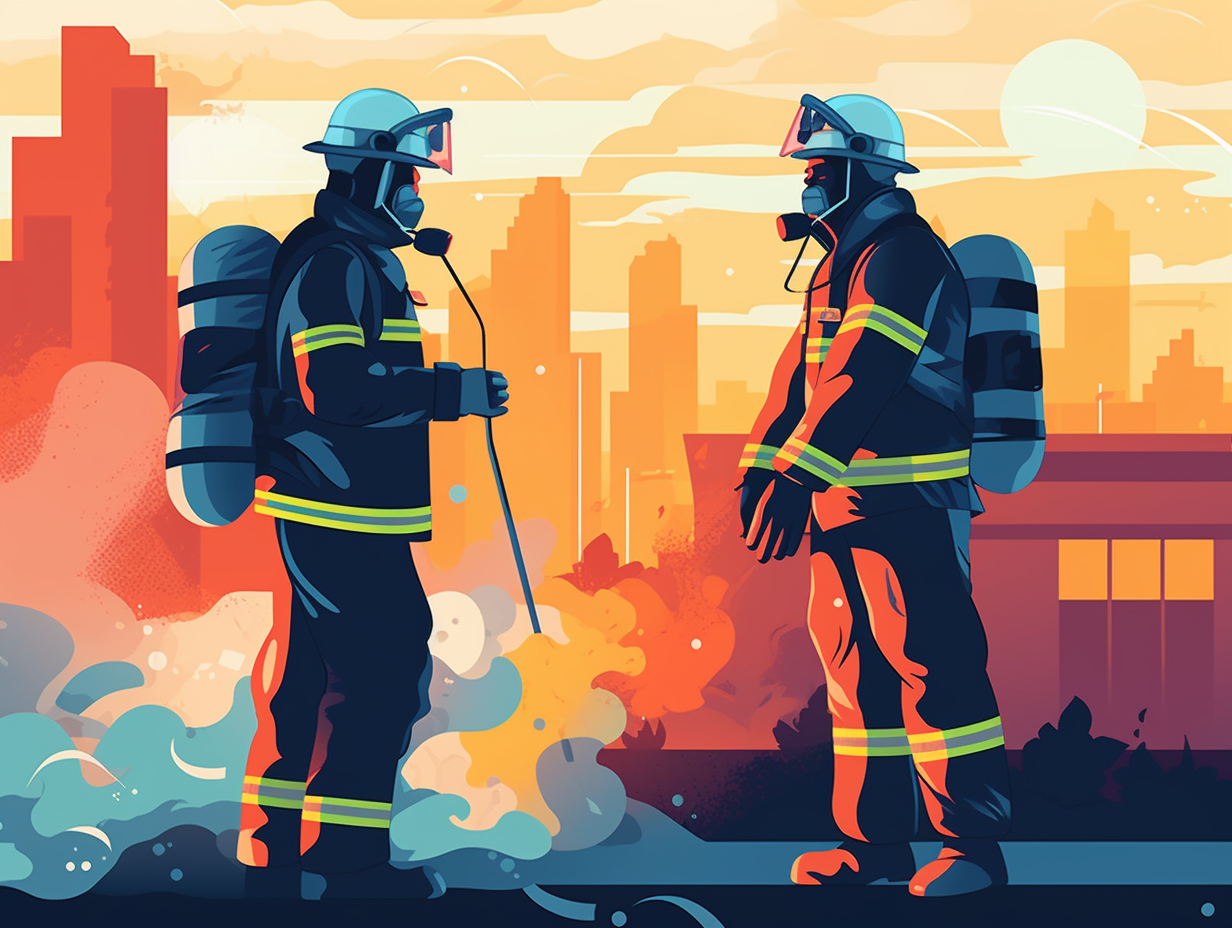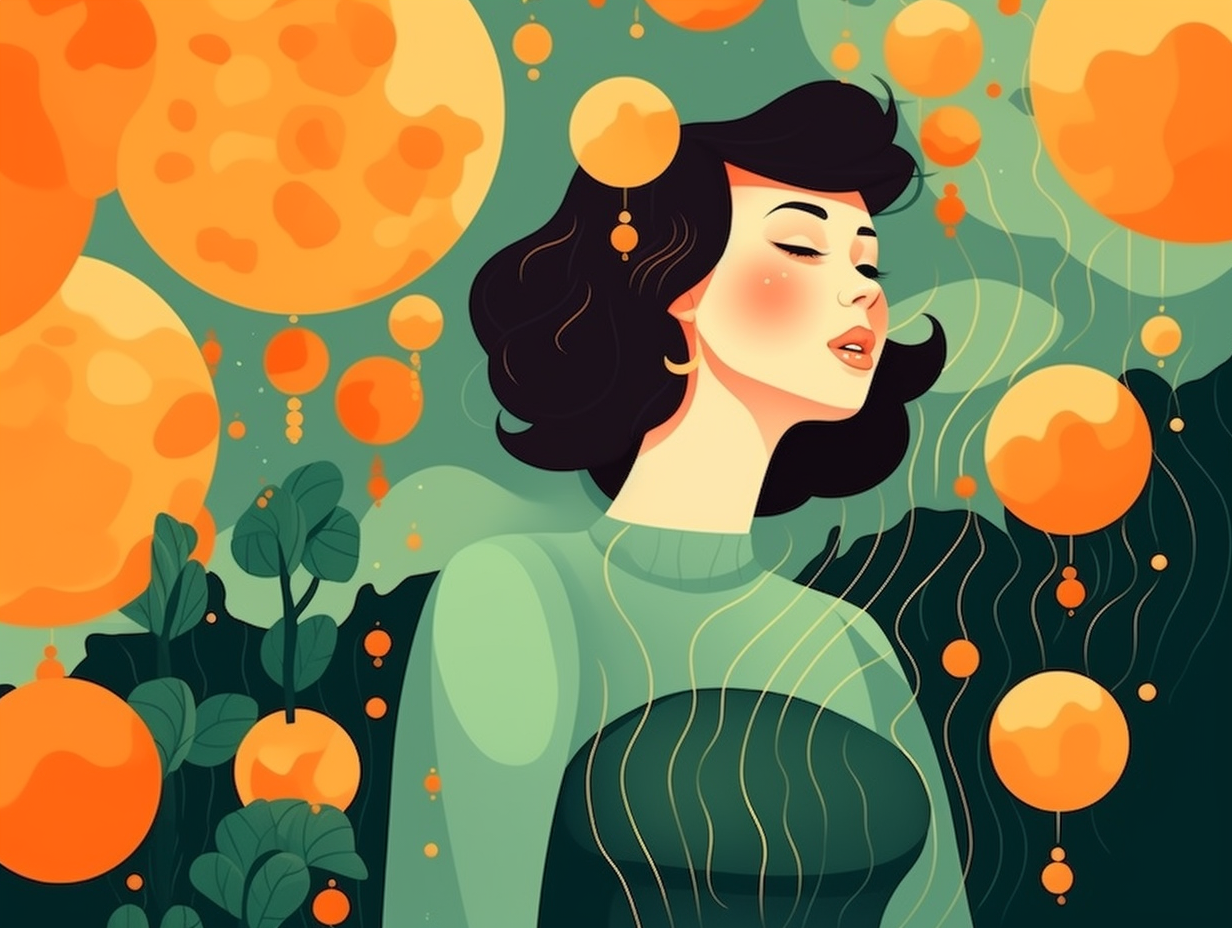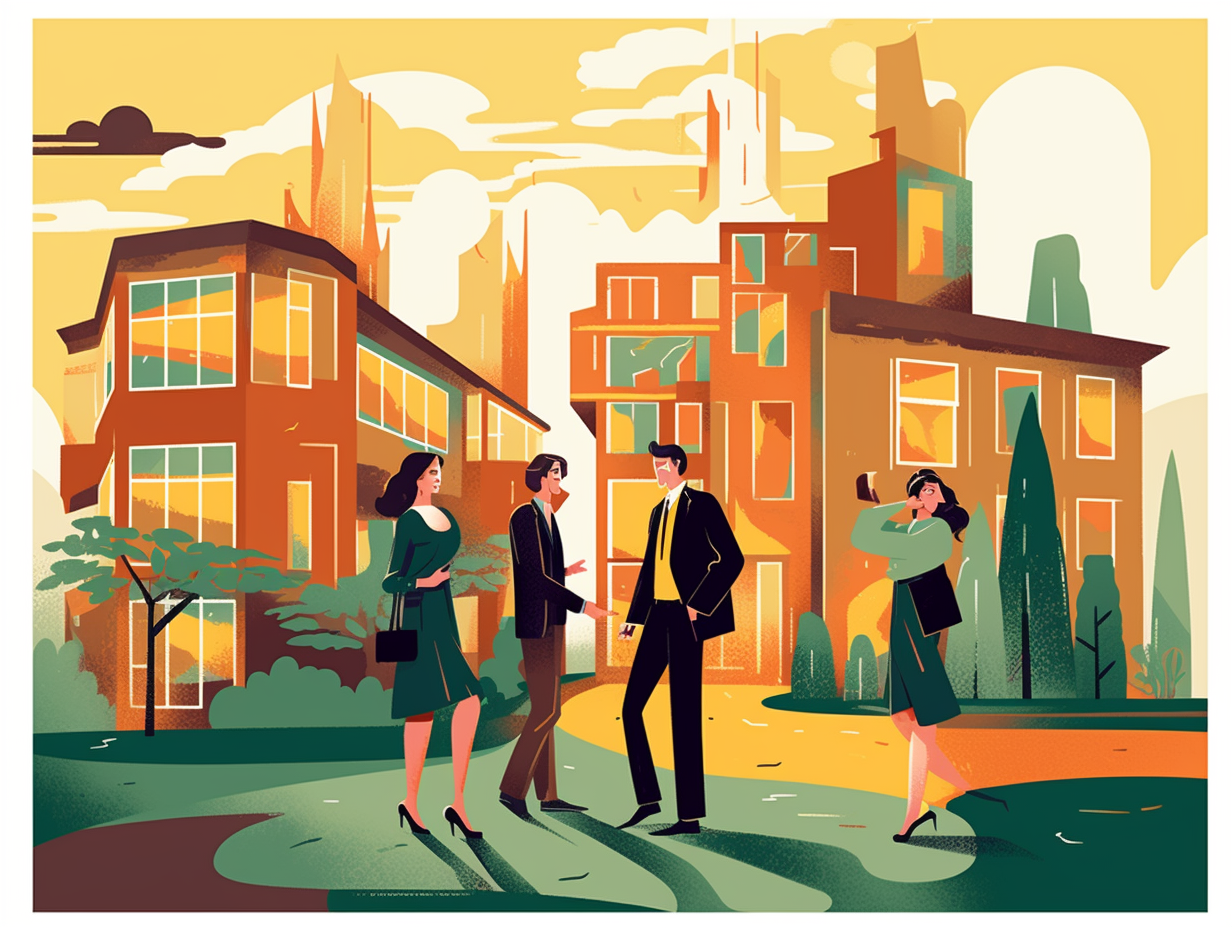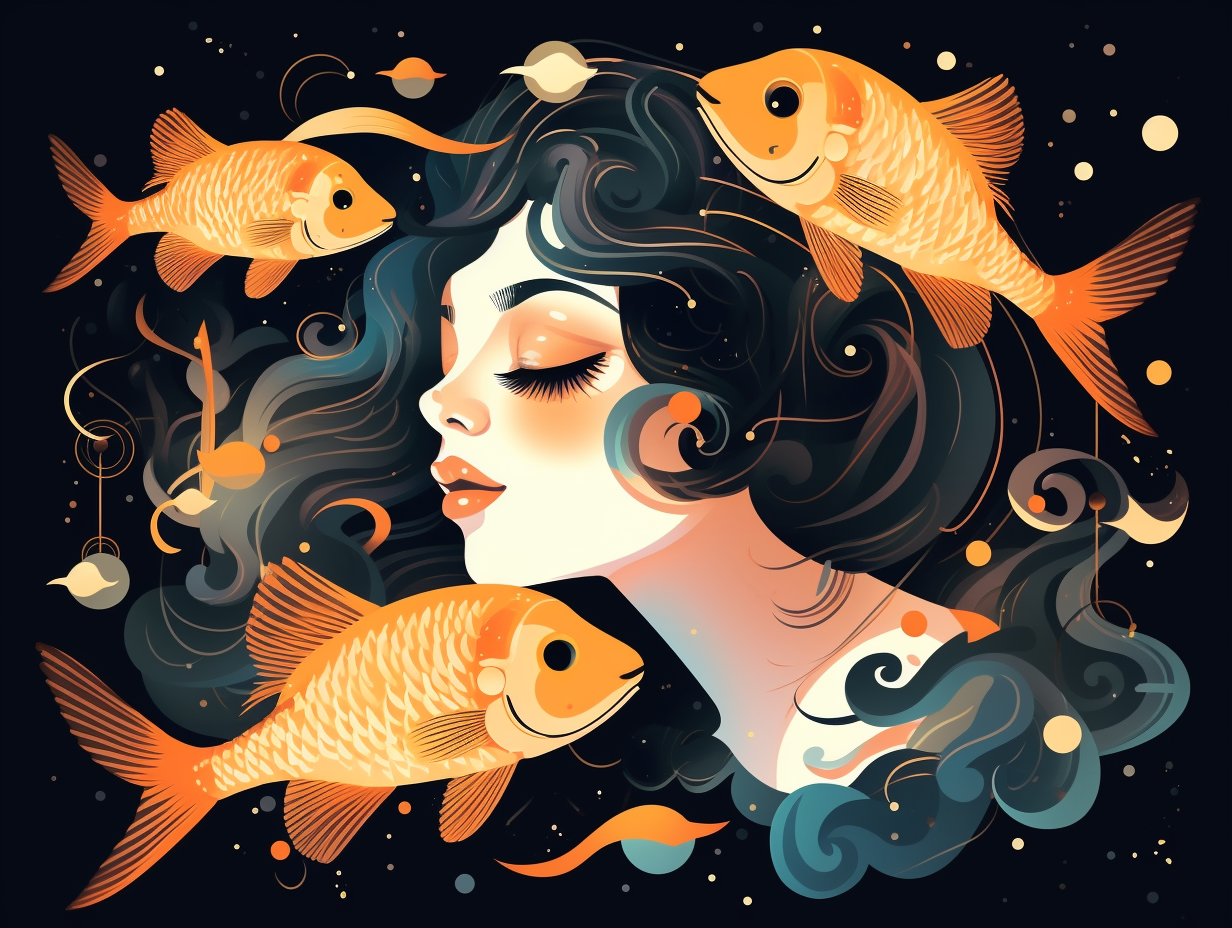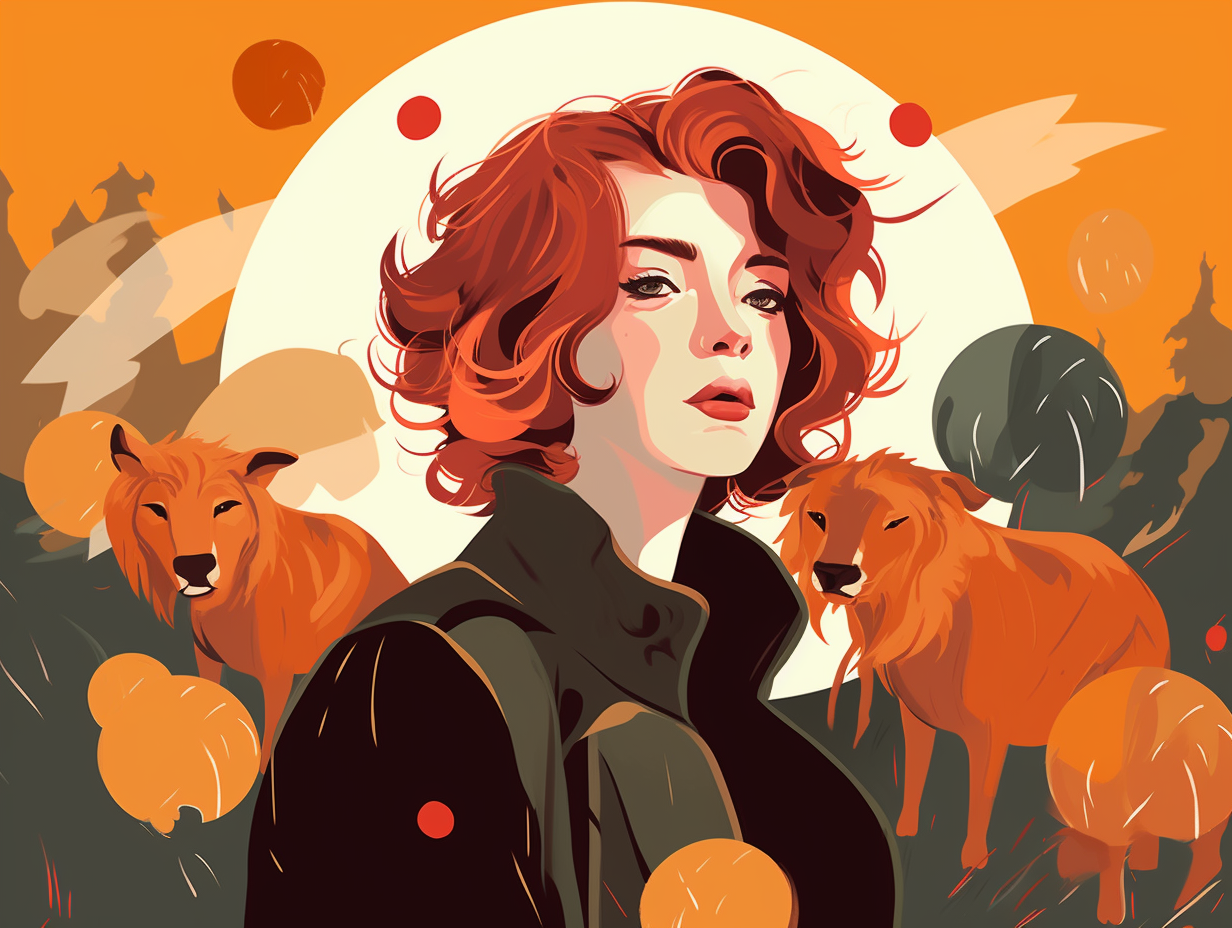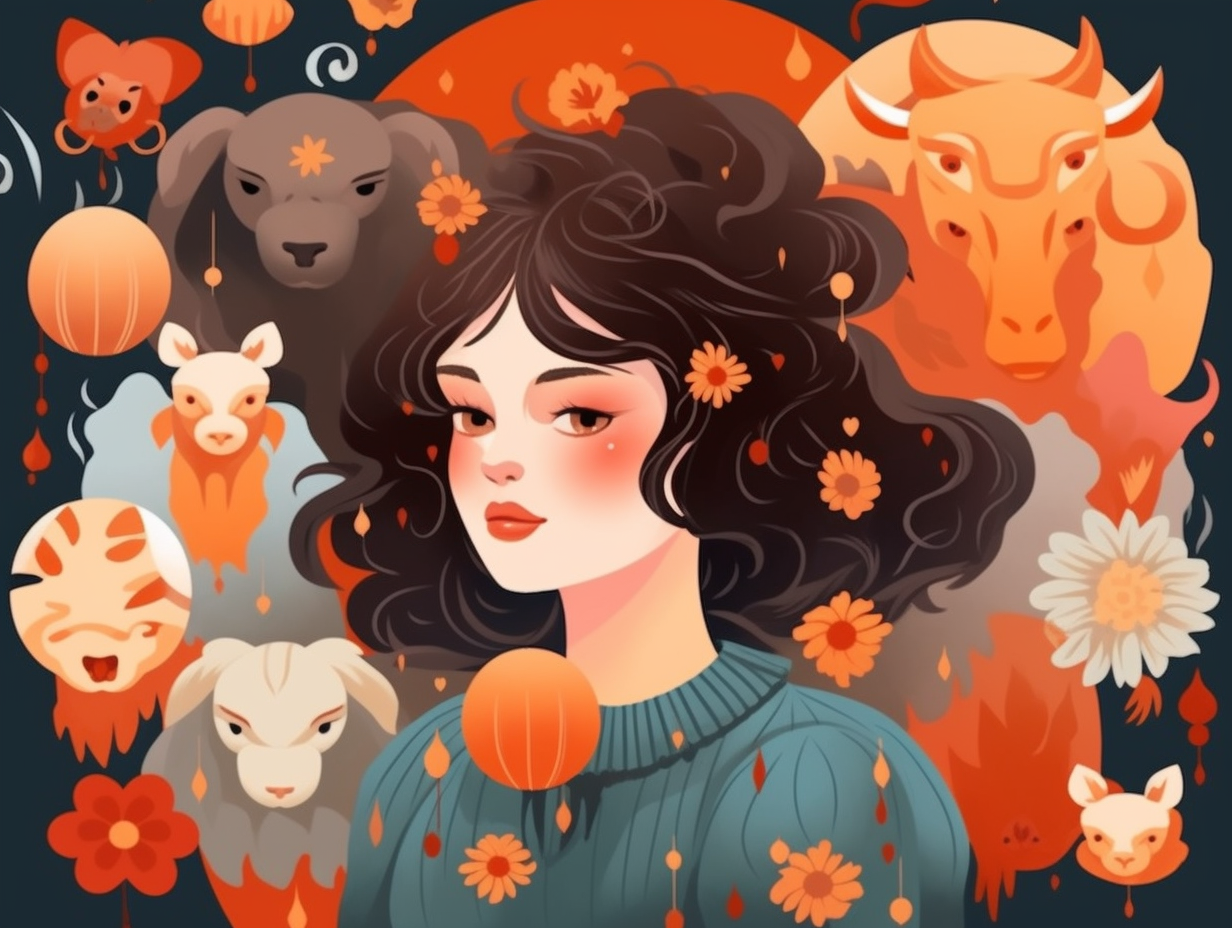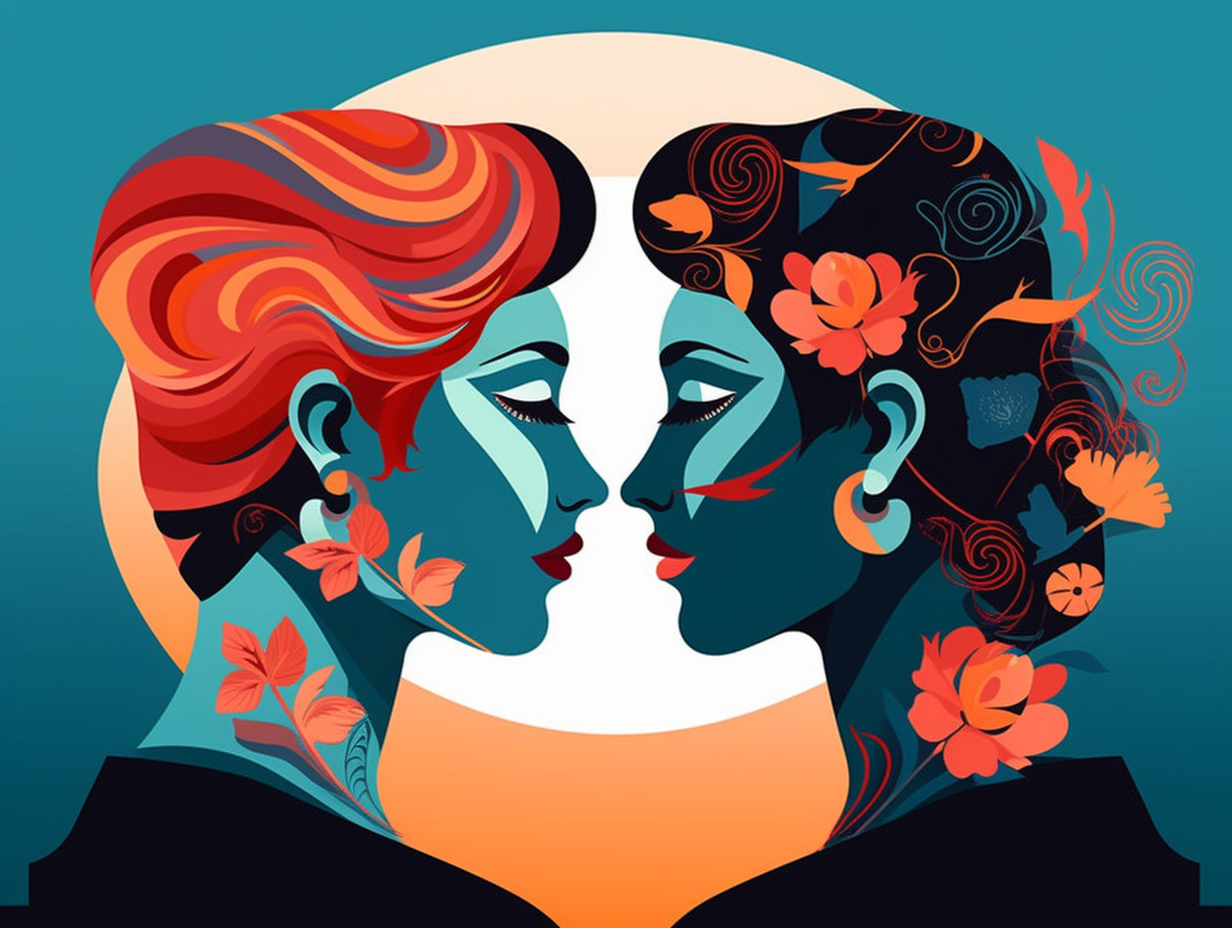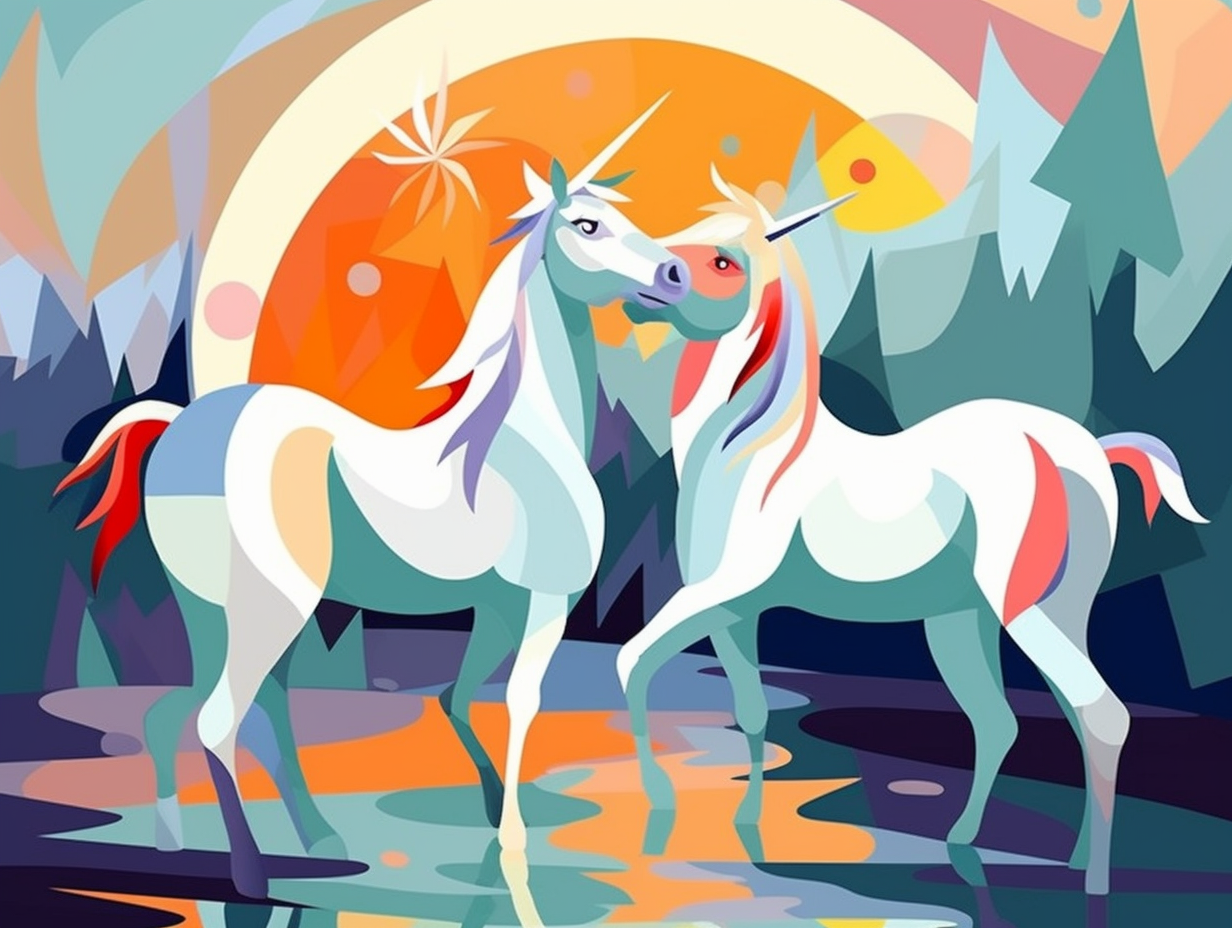Unmasking the Mystery: Top 8 Amazing Fun Facts About Masks You Never Knew!
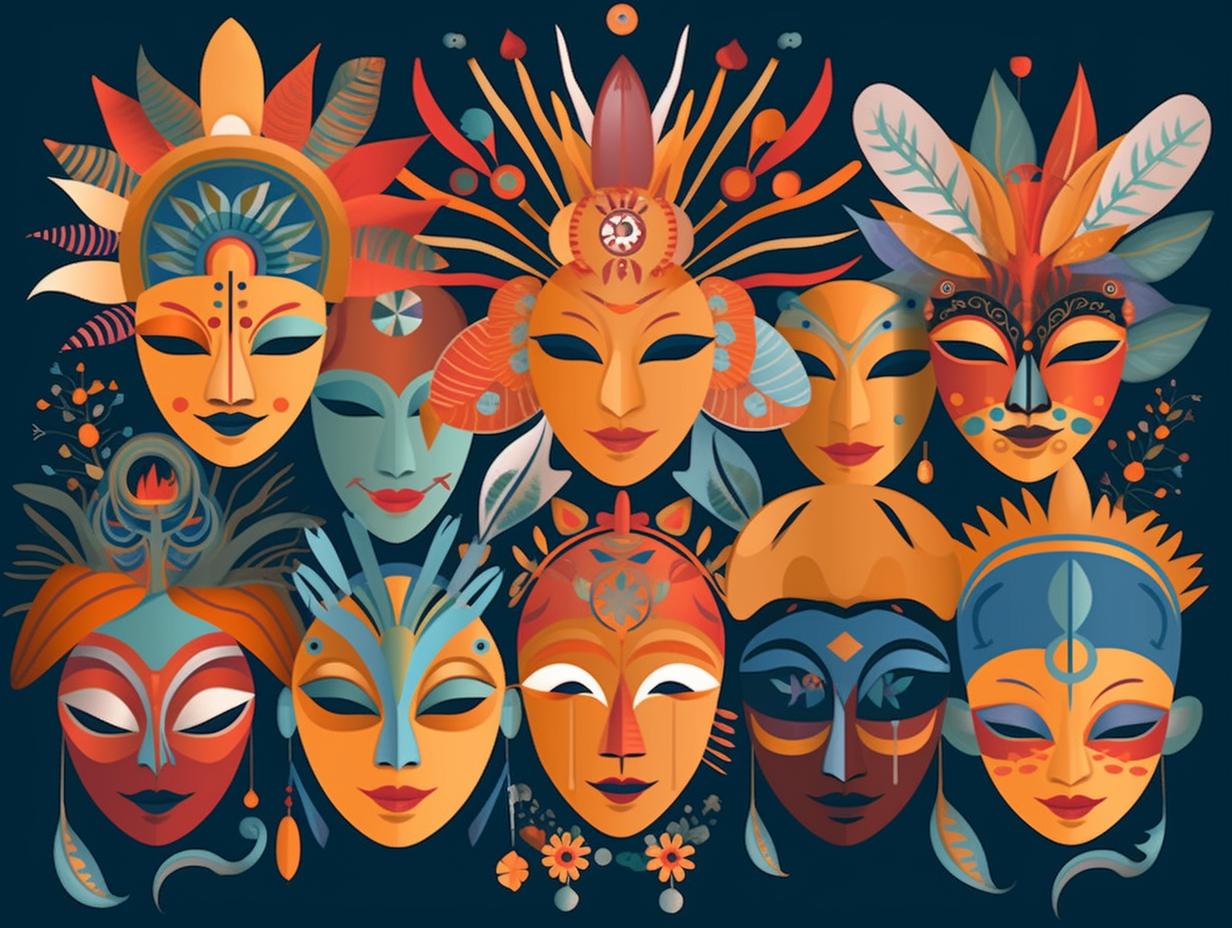
1. Ancient Snapchat Filters
Before the days of CGI, the Greeks had the ultimate face-changing tool that'd make even today's Snapchat filters green with envy: In ancient Greek theatre, masks allowed actors to transform into mythological heroes, satyrs, old men, young women, gods, or slaves, serving the dual purpose of switching roles and amplifying voices across massive open-air theatres.
Source => teachinghistory100.org
2. Jealousy's Demon Bride
Step aside, Bridezilla – the Hannya mask is here to show you the ancient Japanese way of embracing jealousy with style and flair: This iconic Noh theatre mask, featuring a ferocious, metallic-eyed demoness with razor-sharp teeth, is not only a symbol of envy but would also give any modern-day bride a run for her money as traditional bridal headwear. No ancestors or supernatural beings here! Just a unique and spooky character that would make even the Kardashians think twice about their wedding attire.
Source => wp.geneseo.edu

Did you know medical assistants are experts in the secret language of medical coding? They're the heroes who help patients and insurance companies through the billing labyrinth! 🏥💡💼
=> Fun Facts about Medical-Assistants
3. WWI Face-Saving Sculptor
Anna Coleman Ladd truly put the "face" in "saving face" during WWI: This talented sculptor crafted custom copper masks for soldiers with facial injuries, skillfully painting them to match their skin tone and attaching them with strings or eyeglasses, after they underwent revolutionary surgery by Harold Gillies.
Source => worldwar1centennial.org
4. Plague Doctor Air Fresheners
Before the dawn of air fresheners and scented candles, plague doctors found their own fashionable way to keep trouble (and the stench of disease) at bay: The iconic beak-shaped mask from the bubonic plague era served as a primitive respirator, featuring two small nose holes and glass eye openings, while housing pleasantly-smelling items like juniper berry, ambergris, and cloves, with the main goal of protecting doctors from inhaling the miasma - the supposedly disease-causing bad smells.
Source => en.wikipedia.org
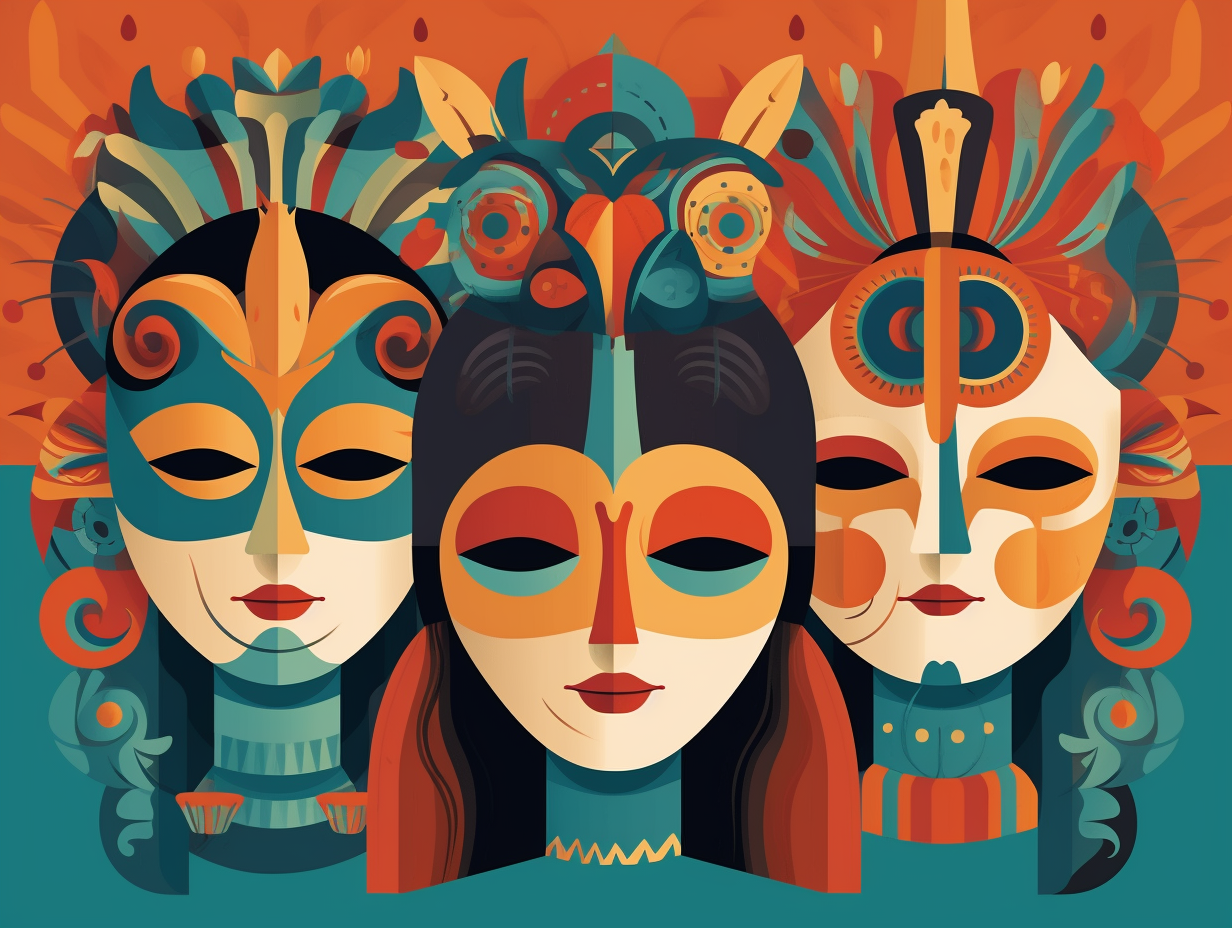
5. Multitasking Trees of Bali
Whoever said trees can't multitask never met the versatile species used in Balinese mask-making: These durable masks are crafted from various wood types, including mahogany, Suar, crocodile wood, Sono, hibiscus, and teak, all known for their strength and endurance.
Source => greenerbali.com
6. Undead Party Fashion
Forget spooky ghosts and witches on broomsticks, there's a whole other level of undead celebration going on south of the border: On Day of the Dead, people wear symbolic masks, vibrant makeup, and flamboyant costumes to honor their dearly departed, showcasing an experience that's less about Halloween frights and more about embracing an explosion of life-affirming joy.
Source => lammuseum.wfu.edu
7. Egyptian Diva Makeover
Call it the Egyptian diva makeover: Tutankhamun's gold death mask was crafted with gold from Egypt's eastern desert or Nubia, and miners used a heated "makeup palette"—fire, wood, and water—to reveal lapis lazuli for the brow and eye makeup. The mask's ultimate glam, however, might have originally adorned his predecessor (possibly Queen Nefertiti) and was even treated to some emergency repairs after a mummy mishap: by freeing it from Tutankhamun's solidified mummification resin with heated knives and paraffin lamps, inlays got a little loose!
Source => theartnewspaper.com
8. Socially Distanced Spookiness
Forget winter chills, it's the bone-chilling Tschäggättä in the hills: In the Lötschental valley of Switzerland, scary masks have been used for centuries during the annual Tschäggättä festival to spook away evil spirits in the winter months, and even the icy grip of COVID-19 can't freeze this ghoulishly delightful tradition – they've got socially-distanced spookiness on their side this year!
Source => scmp.com
Related Fun Facts


